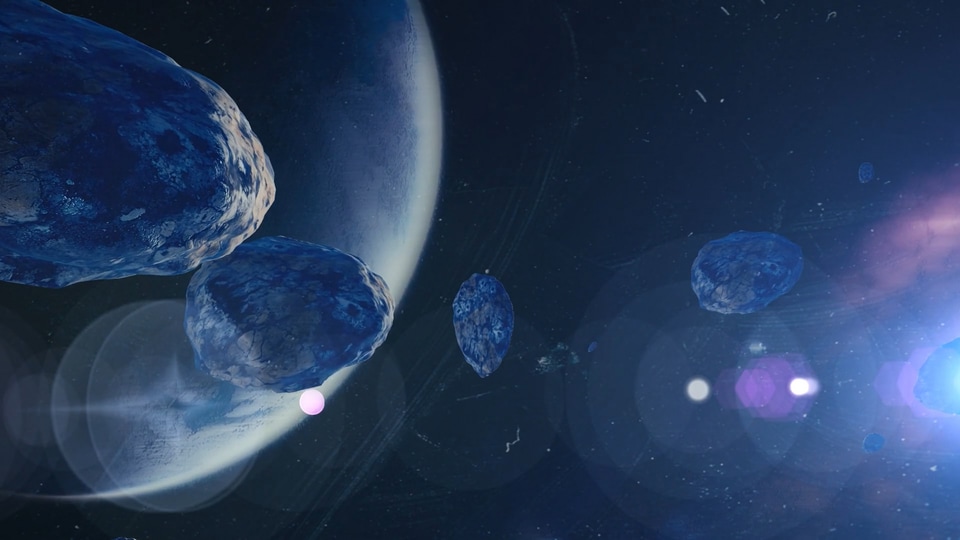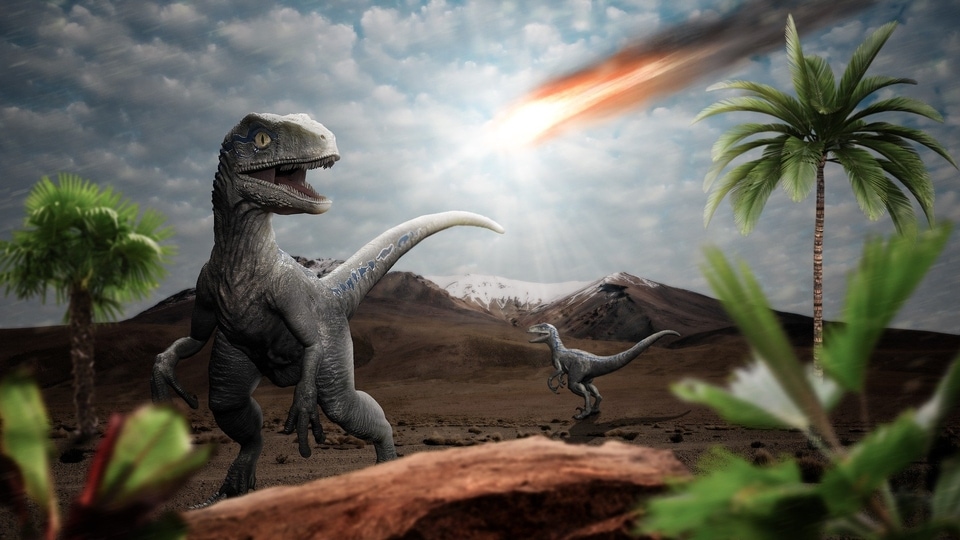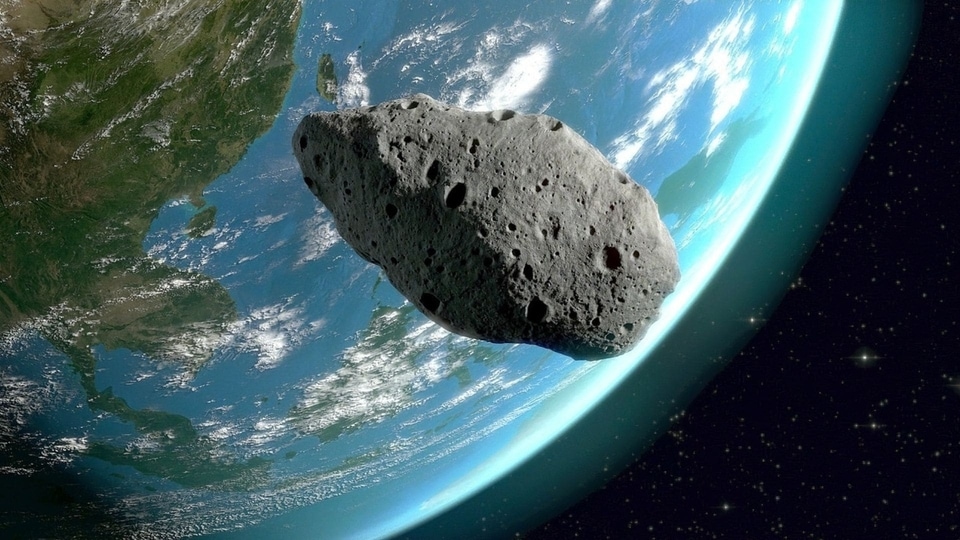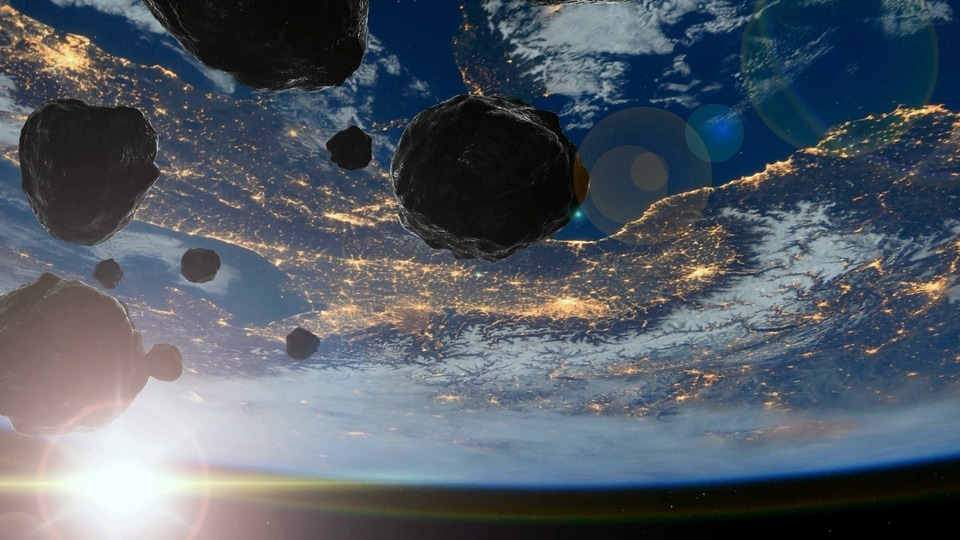190-foot asteroid to fly past Earth closely today; NASA reveals speed, size and more
An Apollo group asteroid designated as Asteroid 2013 VX4 is expected to pass Earth by a close margin today, December 4. NASA reveals all the details about this 190-foot asteroid including speed, size, distance.






 View all Images
View all ImagesWith the help of its advanced ground and space-based telescopes, NASA has discovered thousands of asteroids to date, including a potentially life-threatening asteroid called Bennu which has a 1/2700 chance of impacting Earth between 2175 and 2195. Moreover, the space agency has also recently shed light on an asteroid that is expected to pass Earth as soon as today, December 4! This space rock has been designated as Asteroid 2013 VX4. Know all the details about this close encounter with the asteroid.
Asteroid 2013 VX4: Close approach details
As per the Center for Near-Earth Object Studies (CNEOS), an asteroid, given the designation of Asteroid 2013 VX4, is on its way toward Earth and is predicted to pass Earth by a close margin of 1.9 million kilometers. This near-Earth space rock is travelling in its orbit around the Sun at a breakneck speed of approximately 23679 kilometers per hour. It is important to note that while it has been termed as a Near-Earth Asteroid due to its close distance of passing, it is not expected to actually impact the planet.
NASA has revealed that Asteroid 2013 VX4 belongs to the Apollo group of Near-Earth Asteroids, which are Earth-crossing space rocks with semi-major axes larger than Earth's. These asteroids are named after the humongous 1862 Apollo asteroid, discovered by German astronomer Karl Reinmuth in the 1930s.
How big is the asteroid?
NASA has not been designated as a Potentially Hazardous Asteroid. Only celestial objects larger than 492 feet that pass Earth at a distance closer than 7.5 million kilometers are designated so, and Asteroid 2013 VX4 does not fulfill one of these requirements. In terms of size, Asteroid 2013 VX4 is almost 190 feet wide, making it almost as big as an aircraft.
Interestingly, this is not Asteroid 2013 VX4's first close approach to Earth. The first time it passed Earth was on October 6, 1930, when it flew past the planet at a distance of nearly 59 million kilometers. After today, the next time it will pass Earth will be on November 7, 2028, when it is expected to come as close as 8.5 million kilometers.
Catch all the Latest Tech News, Mobile News, Laptop News, Gaming news, Wearables News , How To News, also keep up with us on Whatsapp channel,Twitter, Facebook, Google News, and Instagram. For our latest videos, subscribe to our YouTube channel.





























